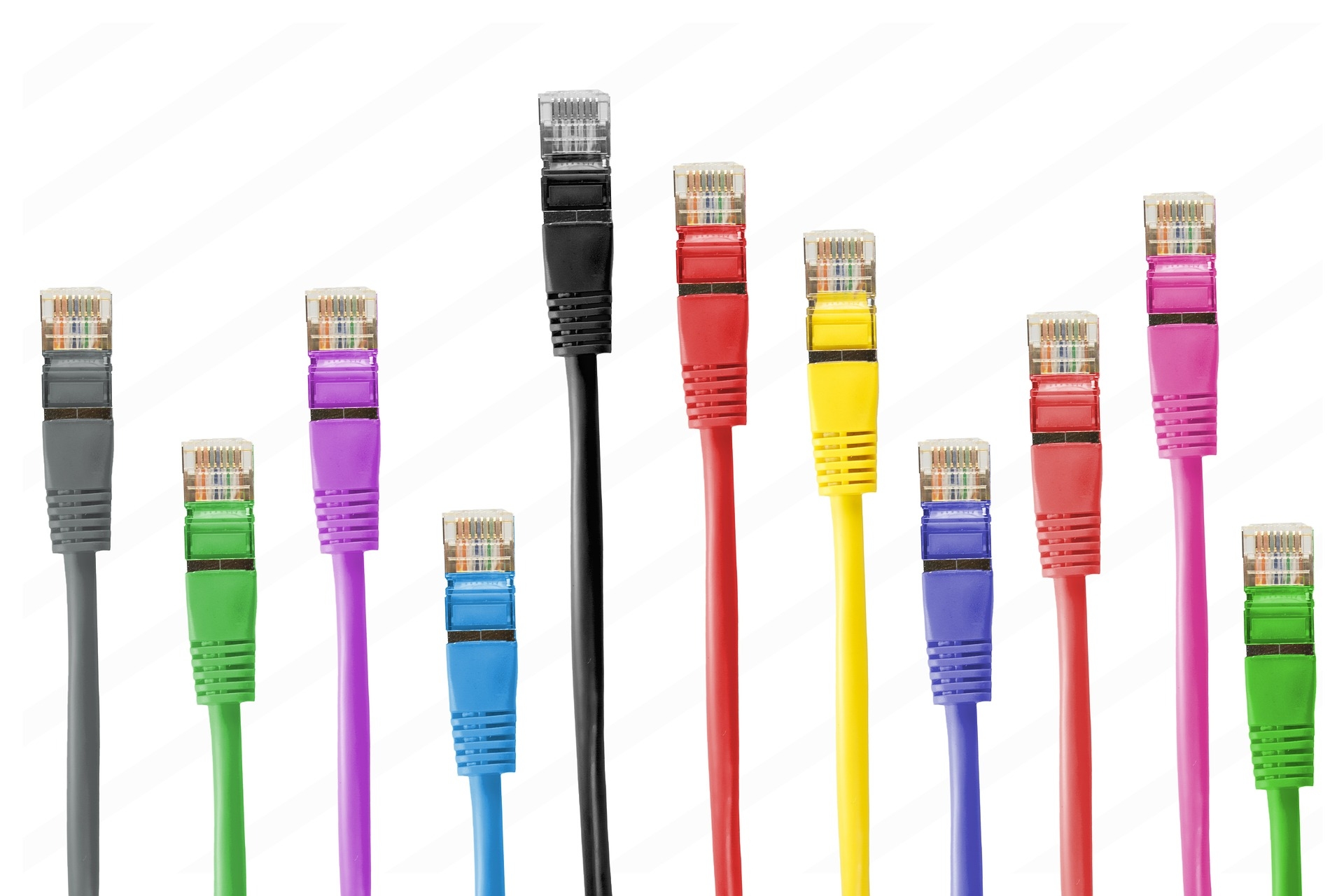Coax Cabling
Knowing how to install and terminate coax cable properly is critical to achieving impedance matching. Knowledge and selection of the best available materials greatly increases efficiency.
Coaxial cables may be rigid or flexible. Rigid types have a solid sheath, while flexible types have a braided sheath, both usually of thin copper wire. The inner insulator, also called the dielectric, has a significant effect on the cable’s properties, such as its characteristic impedance and its attenuation. The dielectric may be solid or perforated with air spaces. Connections to the ends of coaxial cables are usually made with RF connectors.
The most common type of coax, called Flexible Coax, is a flexible cable, which uses a braided shield of extremely fine wires. This braid helps to make the coax flexible, but at a cost: energy or RF (radio frequency) signals leak through the small gaps in the braid. To combat this attenuation (energy loss), manufacturers have added several layers of braid and placed thin foil between the layers, this provides better coverage for greater shielding effectiveness.
Even though coax makes up a small percentage of our total installations, it is still a critical piece of the infrastructure puzzle for our customers. Coax has been the medium of choice for high fidelity audio, television, satellite and broadband communications.
